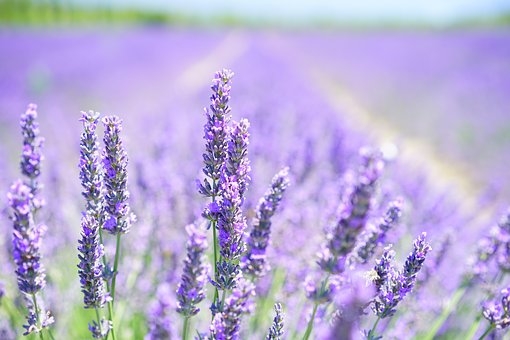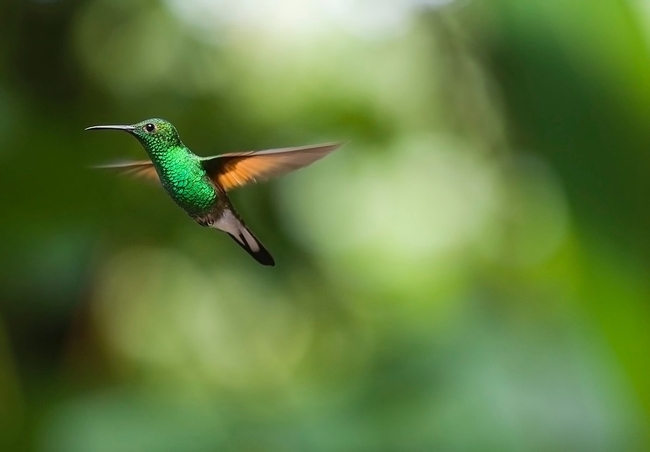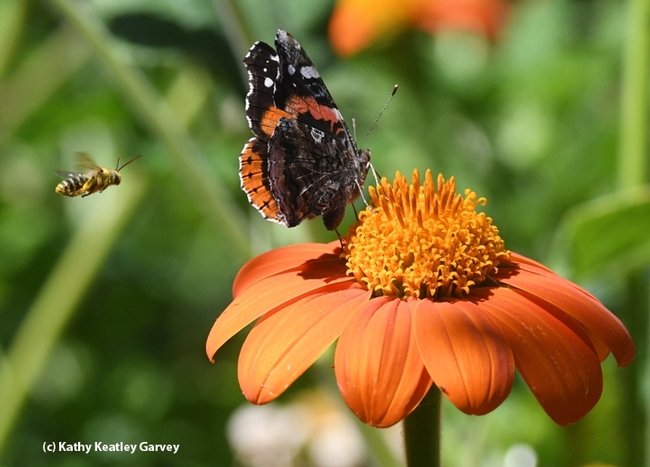- Author: Karey Windbiel-Rojas
[From the Pests in the Urban Landscape blog]
Spring is here which means pest activity is on the rise. Termites are one of the top pest concerns for many city dwellers and rural residents alike. The infographic shows some interesting facts about termites.
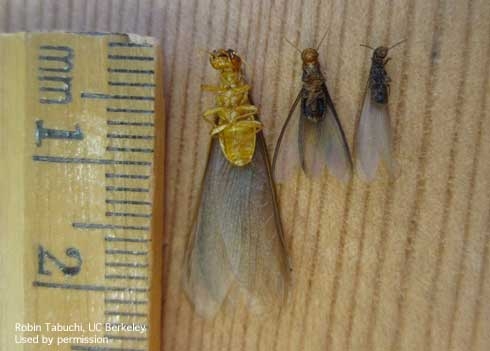
Here in California, there are three kinds of termites considered pests including subterranean, drywood, and dampwood termites. The Formosan termite is one kind of subterranean termite found in California, although in limited areas.
Treatments differ for each type of termite, but there are many things you can to reduce infestations. This includes removing wood piles and scrap wood around the home, keeping substructures dry and well ventilated, and finishing exterior wood with sealants or paint.
If you are experiencing termite issues, consult the UC IPM Pest Notes publications Subterranean and Other Termites, Drywood Termites, and Hiring a Pest Control Company.
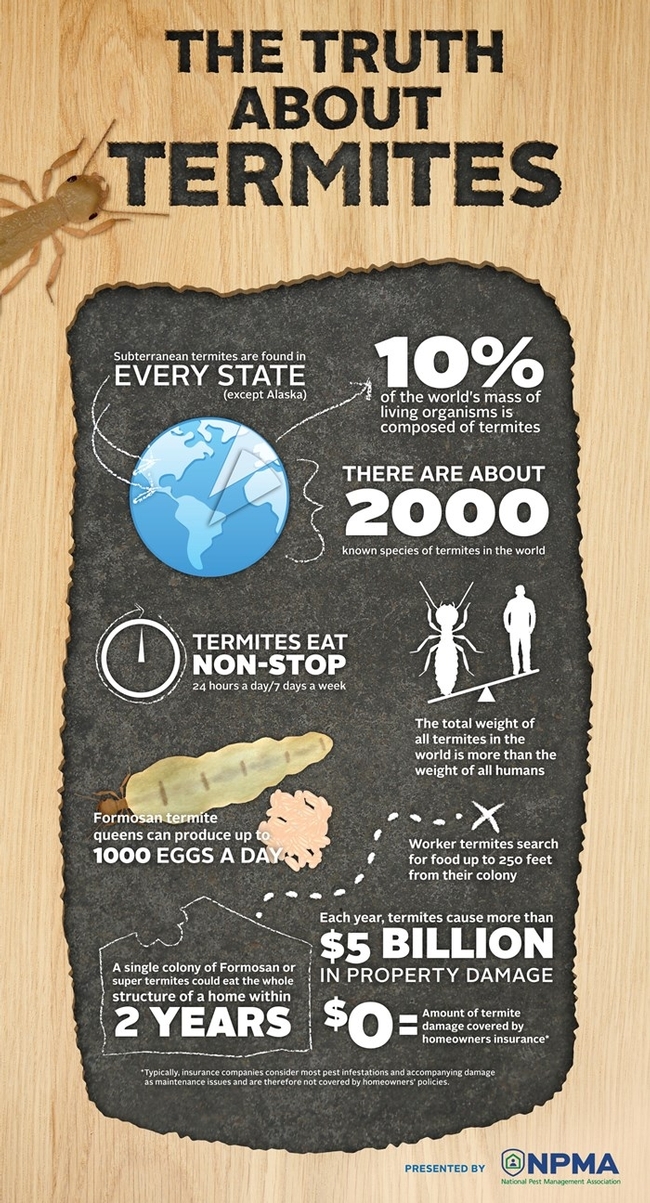
- Author: Anne E Schellman
The University of California Cooperative Extension (UCCE) Master Gardener Program is planning exciting courses for the public for spring, summer, and fall of 2019! Two classes are happening next month:
- April 11, Growing Herbs for Beginners
- April 29, Planting the Right Tree or Shrub for your Landscape Workshop
Summer & Fall Classes
- Pest Management in and Around the Landscape Class
- Fall Vegetable Gardening Class
- Gardening for Pollinators
- Low-Water Use Landscaping
- Vegetable Gardening for Absolute Beginners
- How to Save Vegetable Seeds
Signing up for Classes and Workshops
You can register for the Growing Herbs for Beginners Class now at http://ucanr.edu/herbs2019 or call Anne Schellman at (209) 525-6800 to reserve your space. Registration for Planting the Right Tree or Shrub for Your Landscape Workshop will cost $10 and is limited to 25 people. This post will be updated as classes are available for registration online.
Follow us on Facebook or twitter for announcements about class @ucmgstanislaus. You can also visit our Classes and Workshops page for updates. https://ucanr.edu/sites/stancountymg/Classes/
Links to Helpful Pages
Who are the UCCE Master Gardeners? https://ucanr.edu/sites/stancountymg/
How do I apply for the Program? https://ucanr.edu/sites/stancountymg/Become_a_UCCE_MG/
- Author: Anne E Schellman
In our previous blog, we posted a Pollinator Quiz. How did you do? Check the answers below to find out. Please post your responses in the comments section, or reply to the post on our Facebook page.
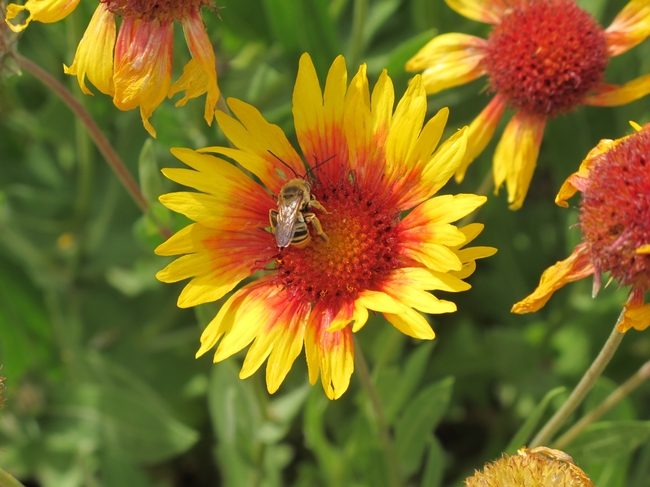
Question #1: What is pollination?
Pollination happens when pollen is moved by an insect, animal, or the wind. Pollen moves between the male part of a flower to the female part of either the same flower or another flower of the same species. This is how fertilization takes place and produces fruits and seeds.
Question #2: Which of the following are pollinators?
- (European) Honey bees
- Flies
- Wasps
- Butterflies
- Moths
- Hummingbirds
- Dragonflies
- Rats
- Native bees
- Lizards
- Beetles
All the above are pollinators, except for dragonflies, rats, and lizards! You may have been surprised to see flies, wasps, bats, and beetles listed. These pollinators help fertilize plants, although some are more efficient than others. You can support these animals and insects by planting a pollinator garden.
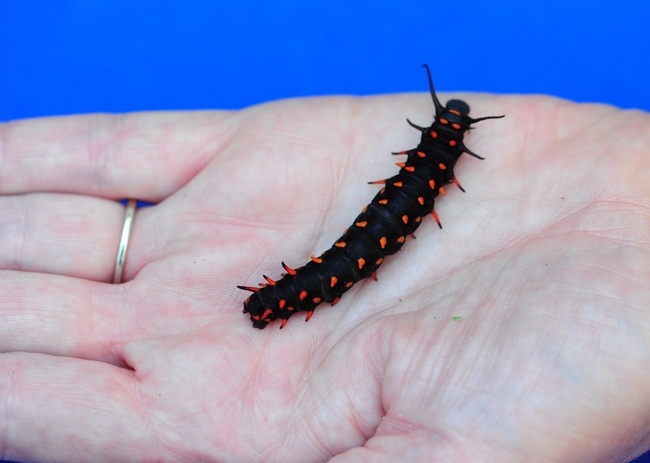
Question #3: What 3 important things do you need to provide in your garden to support pollinators?
When planning a pollinator garden, keep these 3 elements in mind:
Food
Flowers provide nectar (energy) and pollen (protein) for pollinators. However, moth and butterfly larvae (also called caterpillars) often rely on one specific plant for food.
To attract pollinators when planning your garden, purchase at least three of each kind of plant species and plant them in a group. This makes it easier for pollinators to find the plants and to return to your garden.
In fall and late winter, nectar and pollen resources are scarce, so look for plants such as Knifophia ‘Christmas Cheer,' California fuchsia (Epilobium spp.), various species of salvia such as ‘Mexican Sage' (Salvia leucantha) and Gooseberry (Ribes spp.). You can also visit nurseries and garden centers to see what's in bloom during those times.
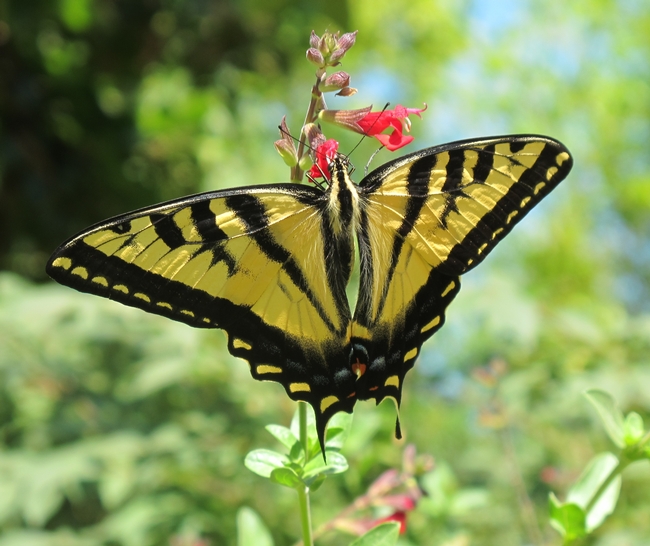
Water
Many pollinators need water for survival. Bird baths and fountains attract hummingbirds and bees and help them stay hydrated. However, make sure your water source isn't too deep, or the pollinators may drown. Add pebbles or stones to shallow dishes and floating corks to deeper containers.
Shelter
Moths and Butterflies
In addition to providing food for moths and butterflies, larval food plants also provide shelter. If you remember the book The Very Hungry Caterpillar, these critters eat a lot! Make sure you have enough food, and be prepared to have your plants stripped bare of leaves if you get a lot of caterpillar visitors!
Native Bees
Seventy percent of native bees nest in the ground, so leave bare areas in your landscape for them. The other thirty percent nest in wood or a cavity created by another critter. Create bee boxes by drilling holes ¾ apart of various diameters between ¼ to ⅜ inches. To see native bee photos, visit the UC Davis Arboretum & Public Garden page Beyond the Honey Bee. To create habitat for wood nesting bees, visit this Xerces Society page for directions.
Honey Bees
If you want to have your own hive, you can learn all about it and even take classes at UC Davis. Visit the Apiculture Courses page.
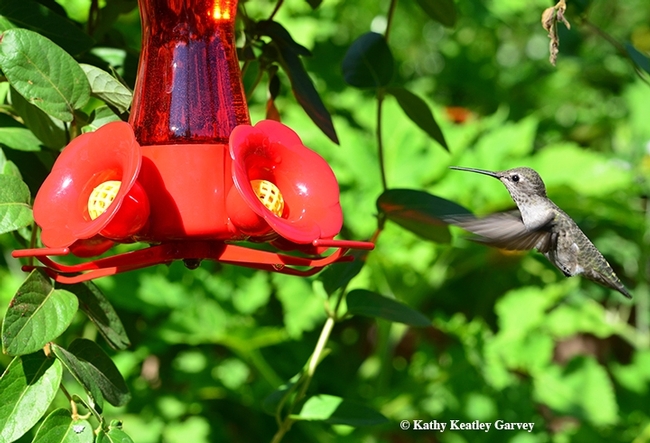
Online Resources
How to Attract and Maintain Pollinators in Your Garden
California Bee-Friendly Garden Recipes
Gardening for Pollinators
What You Might Not Know about Hummingbirds
Get to Know Common Local Native Bees
Print Resources
Frankie, G.W. et al. 2014. California Bees and Blooms, a Guide for Gardeners and Naturalists. Berkeley: Heyday books.
Jadallah, C. et al. 2017. Common Bees in California Gardens, UC ANR Publication 3552. (Bee identification cards, spiral bound.)
Shapiro, A.M., and T. Manolis. 2007. Field Guide to Butterflies of the San Francisco Bay and Sacramento Valley Regions. Berkeley: University of California Press.
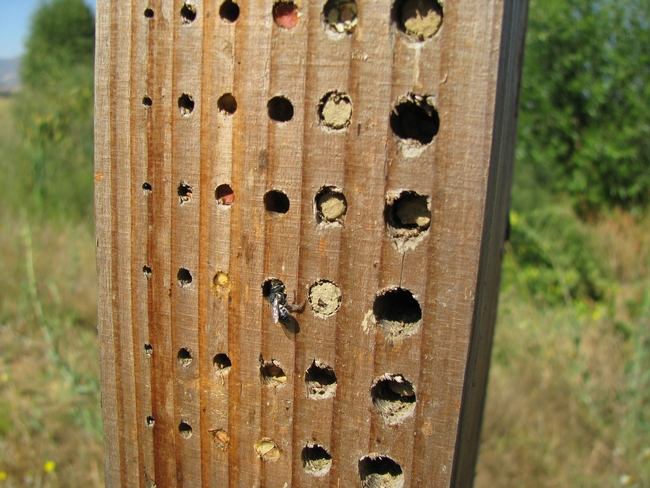
- Author: Anne E Schellman
You may have heard a lot of “buzz” about pollinators lately. Declining pollinator numbers have caused concern among gardeners in California, prompting them to ask the UCCE Master Gardener program how it can help. But instead of us just telling you about pollinators, let's test your knowledge about them with a fun quiz!
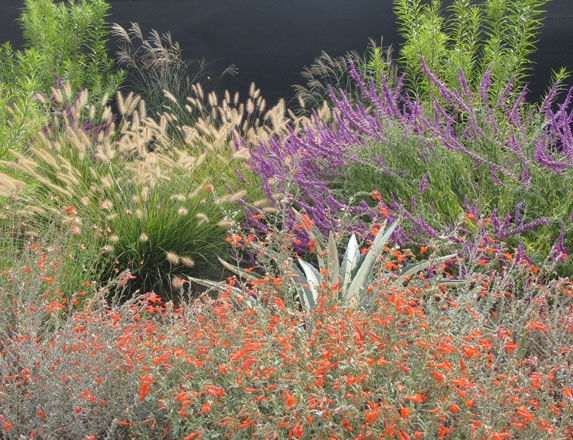
Question #1: What is pollination?
Question #2: Which of the following are pollinators?
- (European) Honey bees
- Flies
- Wasps
- Butterflies
- Moths
- Hummingbirds
- Dragonflies
- Rats
- Native bees
- Snakes
- Beetles
Question #3: What 3 important things do you need to provide in your garden to support pollinators?
Write down your answers and then read tomorrow's blog post to see how well you did! Our next post will feature the answers to help you plan a pollinator garden. Also, look for a free class from us this summer or fall on pollinators. Subscribe to our blog and follow us on Facebook and twitter so you don't miss it!
- Author: Anne E Schellman
Just like humans, pests need food, water, and shelter to live. Unfortunately, we may unknowingly attract and even invite them to live in and around our homes!
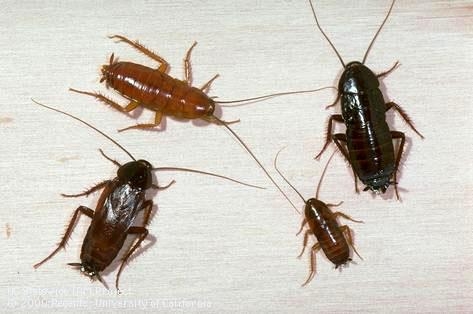
Pest Attractors and Supporters
Some pests prefer to live outdoors, while others like the ambiance inside your garage or home. Here are some ways you may be providing pests with food, water, and shelter:
- Pet food and water bowls (indoors and outside)
- Bird feeders
- Leaking water spigots
- Open food packages in your kitchen
- Hedges and shrubs near doors or windows
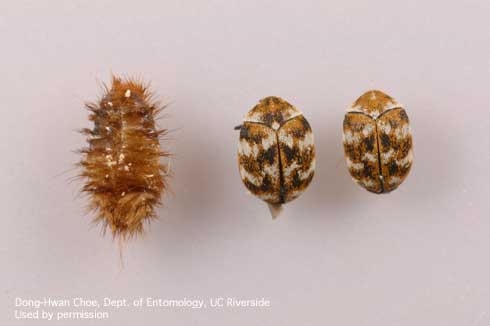
Entry Points
Insect and animal pests can pass through small spaces. For example, mice can get through a hole the width of a pencil, and cockroaches can flatten themselves and squeeze through cracks. Here are some ways pests might be entering your home:
- Holes in windows and screen doors
- Cracks in the foundation of your house
- Holes in the roof or attic
- Crevices around pipes indoors (bathrooms, laundry area, kitchens) and outside
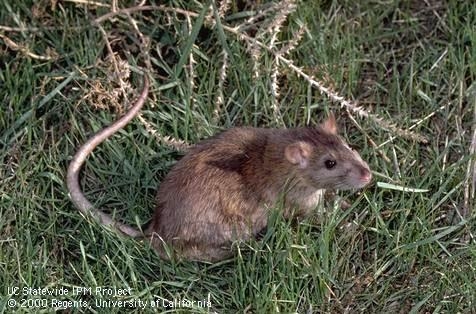
Use IPM to Manage Pests
Use integrated pest management or IPM to help you pest proof your home. First, walk in and around your home to inspect for the above pest attractors, and entry points. If you can't personally inspect your home or don't have time, you can call a pest control company and ask them to do it for you. This is helpful for hard to access places like basements and attics.
Follow directions on the Quick Tips cards below for common pests. If your pest isn't listed, check the UC IPM Website. If you find a pest you can't identify, contact the UCCE Master Gardeners of Stanislaus County at (209) 525-6800 or send an email to ucmgstanislaus@ucanr.edu.
Pantry Pests (pests found in the kitchen)

